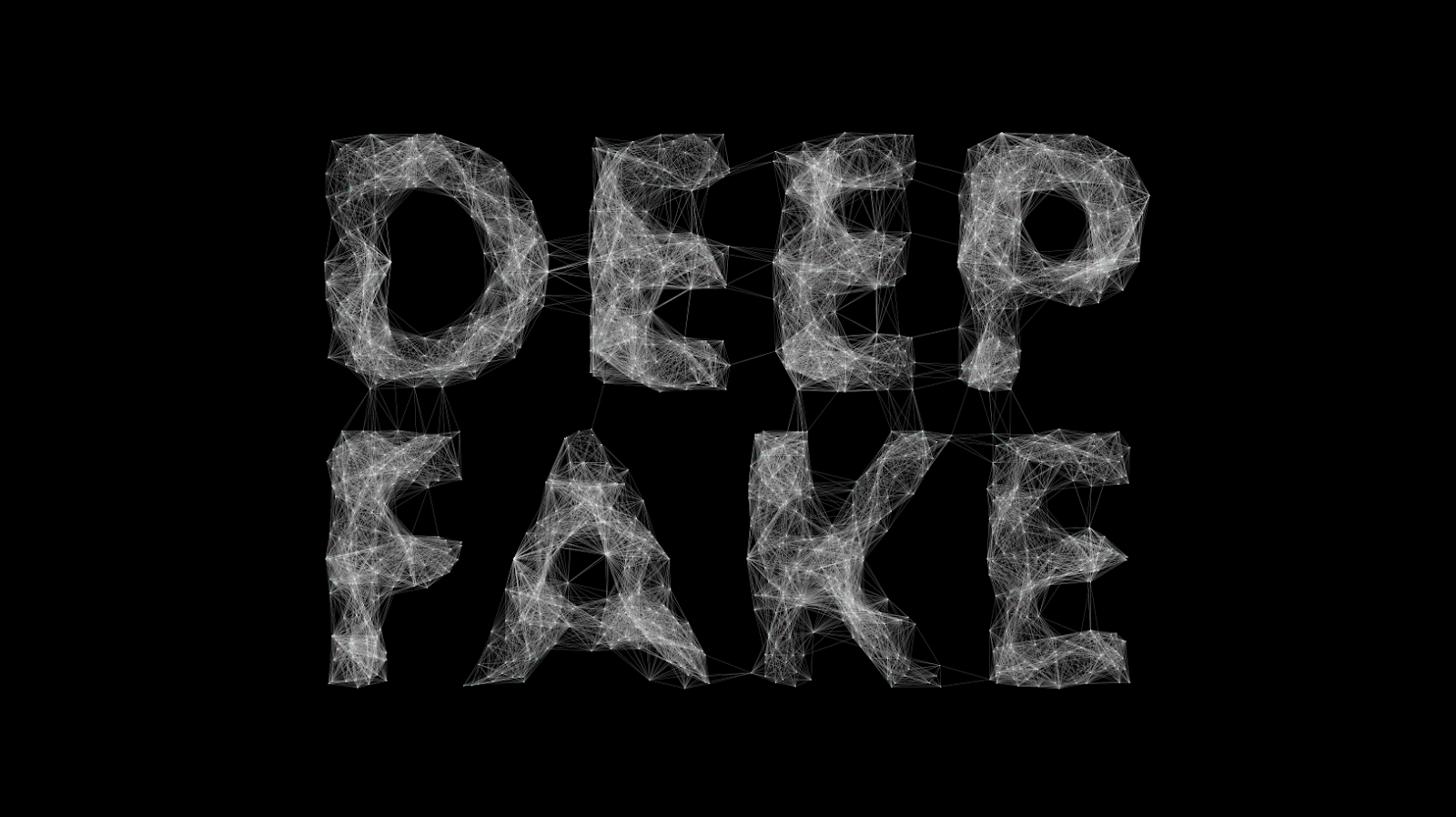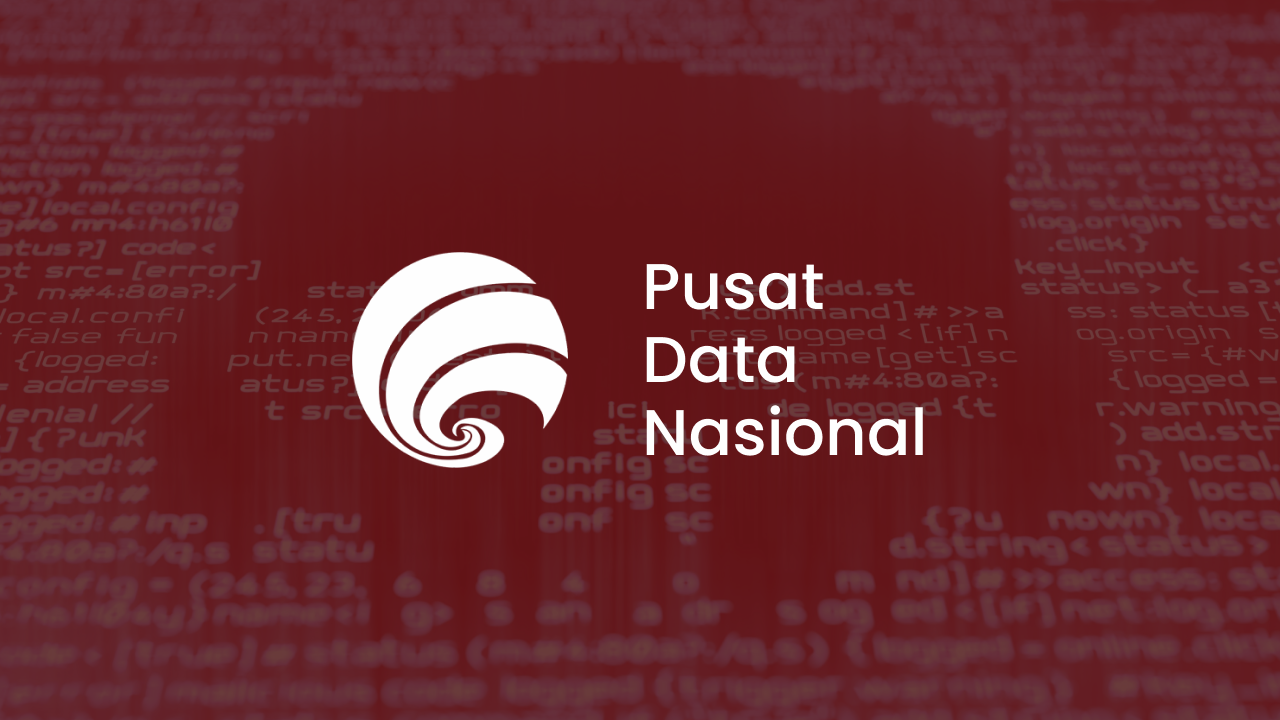By Patricia A. Pramono • Studio 1080, Published on June 25, 2024
TABLE OF CONTENTS
Understanding Deepfakes
Deepfakes are like digital tricks that use advanced computer technology to create fake but very realistic videos, photos, or audio recordings of people. Imagine someone using a computer to make a video where it looks like a famous person is saying something they never actually said or doing something they never did. That's a deepfake!
Here's a simple breakdown:
-
Deepfake: A combination of "deep learning" (a type of artificial intelligence) and "fake" (not real).
-
How it Works: Computers analyze lots of real photos or videos of someone to learn how they look and move. Then, they use this information to create new, fake videos or images that look just like the real person.
-
Why It Matters: Deepfakes can be used for fun, like putting your face on a celebrity in a movie scene. But they can also be used for harm, like making it look like someone said something bad or committed a crime when they didn't.
Deepfakes involve sophisticated techniques where AI algorithms, particularly generative adversarial networks (GANs), are trained on large datasets of videos or images of a person to create realistic digital forgeries. These manipulated media can make people appear to say or do things they never did, raising severe ethical, legal, and security concerns.
Recent Cases in Indonesia
Imagine a video of a politician giving a speech. If it's a deepfake, the politician's face and voice might be perfectly mimicked by the computer, but the words are entirely made up by someone else.
In Indonesia, deepfake technology has surfaced in several notable incidents over the past few years. In 2023, there was a high-profile case involving a deepfake video of a prominent figure, which spread misinformation and caused significant public unrest.
Another incident in 2022 involved a deepfake pornography, which led to a public outcry and legal action. Under Indonesian law, particularly the Pornography Law and the Information and Electronic Transactions Law (UU ITE), the creation and distribution of such deepfake content are punishable offenses. The case highlighted the urgent need for enhanced digital literacy and robust legal frameworks to combat the misuse of AI technologies.
Why You Should Care
Deepfakes can spread misinformation, damage reputations, and even influence people. Knowing about deepfakes helps you question the authenticity of videos and photos you see online.
How to Stay Safe
-
Verify Sources: Trust news from reputable outlets and be skeptical of viral videos.
-
Use Technology: Tools and services (like those from cybersecurity companies) can help detect deepfakes.
-
Stay Informed: Educate yourself about new technologies and their potential risks.
-
Check for Inconsistencies: Pay attention to details in videos and images, such as unusual lighting, unnatural facial movements, or inconsistencies in background sounds that may indicate manipulation.
-
Report Suspicious Content: If you come across potential deepfakes, report them to the platform on which you found them.
-
Educate Others: Share your knowledge about deepfakes with friends and family. The more people are aware of the risks, the harder it becomes for these cyber criminals to spread fake content.
-
Stay Up-to-Date with Software Updates: Ensure your devices and software are always up-to-date with the latest security patches. These updates often include protections against new types of cyber threats.
-
Consult Experts: If you are unsure about the authenticity of a piece of media, seek advice from experts who can provide professional analysis and insights.






